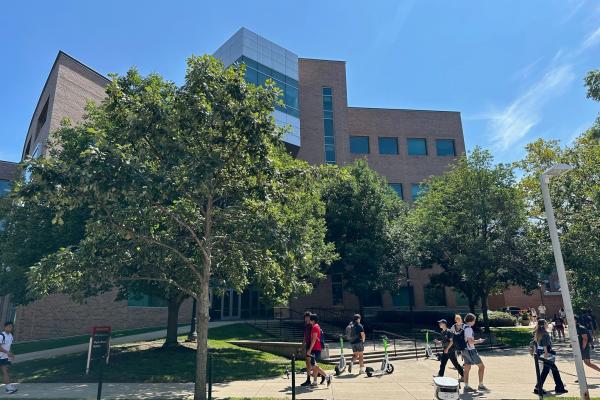
Professor Ruben Verresen
University of Chicago
From Schrödinger's cat to emergent gauge theories in topological matter
Location: 1080 Physics Research Building
Faculty Host: Yuan-Ming Lu
Abstract: Topological quantum matter lies at the intersection of many-body quantum physics, quantum information theory, and even particle physics since it explains how gauge theories can spontaneously emerge. Its discovery in the 1980s has been pivotal in showing how quantum entanglement can give rise to remarkable physical properties. However, stabilizing and manipulating such topological matter has proven delicate. In this colloquium, we will explore how wavefunction collapse resulting from quantum measurements provides a new tool for realizing these states. Although I will focus on the concepts, I will also highlight recent experimental implementations in quantum processors, which in turn inspire new directions for future exploration.
